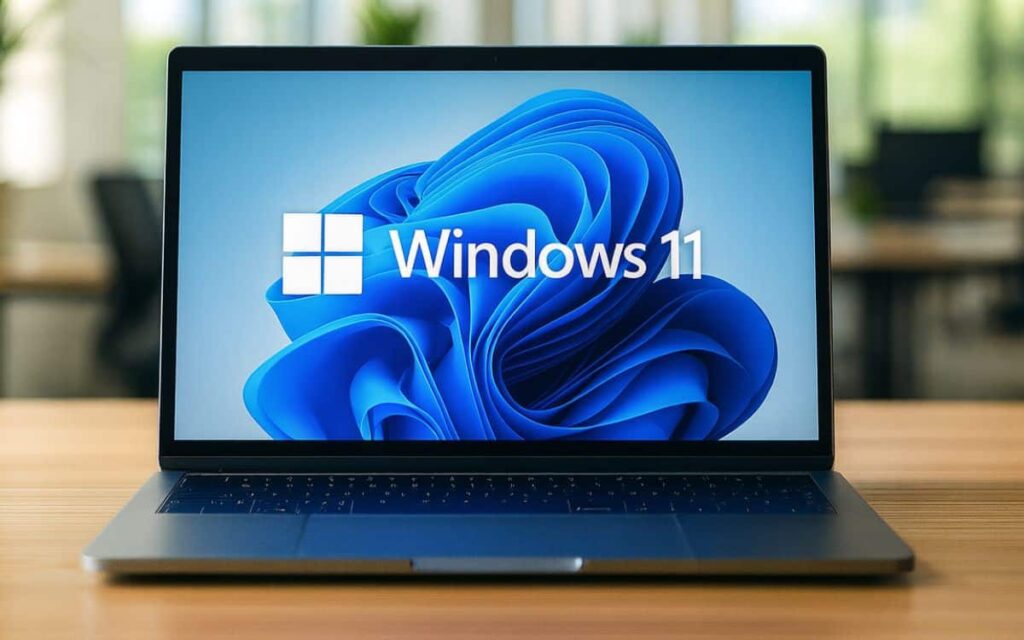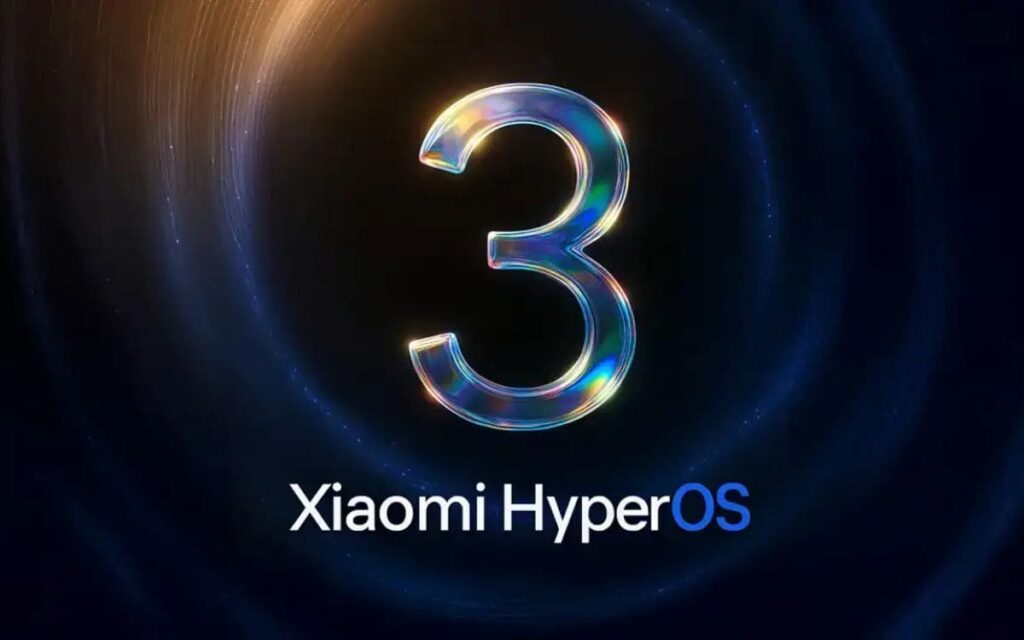If you are using Windows 11, you are well aware that Microsoft’s operating system is frequently plagued by bugs. However, Microsoft has devised a plan to finally achieve the much-desired stability. Here’s everything you need to know about the strategy from the Redmond company.
Microsoft is well aware that competition is fierce and its operating system is losing popularity. On that note, it is reported that Apple is preparing an entry-level MacBook that could significantly impact the Redmond firm’s OS. In short, everything must be done to encourage the adoption of Windows 11, and for that, stability is crucial.
Microsoft strengthens the stability of Windows 11 with these new features
As we often mention, the relationship between Windows 11 and bugs is quite a saga. However, Microsoft now has a plan to improve stability regarding drivers and system recovery.
On its blog, the Redmond company explains that it is increasing quality requirements for hardware drivers installed on Windows 11. “In short, we are raising the bar for driver signing and facilitating the creation of reliable drivers for Windows,” Microsoft clarifies. These measures are already familiar with antivirus software. But now, all drivers are affected, regardless of their category. The certification process adds new validation tests to ensure better quality for drivers compatible with Windows 11, as it prepares for the release of version 26h1.
The technical architecture is evolving with a gradual shift of code executing in kernel mode towards standardized Windows drivers that Microsoft will develop in greater numbers. The goal for Microsoft is straightforward: to minimize instability risks caused by third-party code running at a deeper level of the system.
However, it is important to note that drivers operating in kernel mode will not disappear. Microsoft explains that they will be maintained since some applications require this level of access for performance reasons. “Graphics drivers, for example, will continue to function in kernel mode for performance reasons,” the company states.
Microsoft adds the Point-in-Time Restore feature to Windows 11

The major update for users is the introduction of the Point-in-Time Restore feature, which is an addition to the quick Machine Recovery function available since 2025, allowing a PC to recover from a boot failure.
The Point-in-Time Restore brings a PC facing issues back to a previous state where everything was functioning properly. “This recovery action helps resolve a wide range of problems, including issues with updates, driver conflicts, and configuration errors,” Microsoft explains on its blog. This precise rollback could become available in the testing versions of Windows 11 by the end of the week, allowing volunteer testers to evaluate its effectiveness.
Point-in-Time Restore resembles the existing system restore but adds some enhancements. The current system restore is considered too unreliable. Therefore, Point-in-Time Restore aims to be a significantly more effective version. Backups also allow users to restore local files and installed applications, unlike system restore which is limited to system files only.
However, it should be noted that Point-in-Time Restore must be managed via Intune by IT administrators in companies. This feature is currently reserved for professionals. However, it’s possible that Microsoft may offer this new feature to the general public. The existing system restore is quite outdated. An updated, more stable version would certainly be a compelling argument for reluctant users who are still hesitant to abandon Windows 10, which remains popular despite the end of its support.
Source: Microsoft




